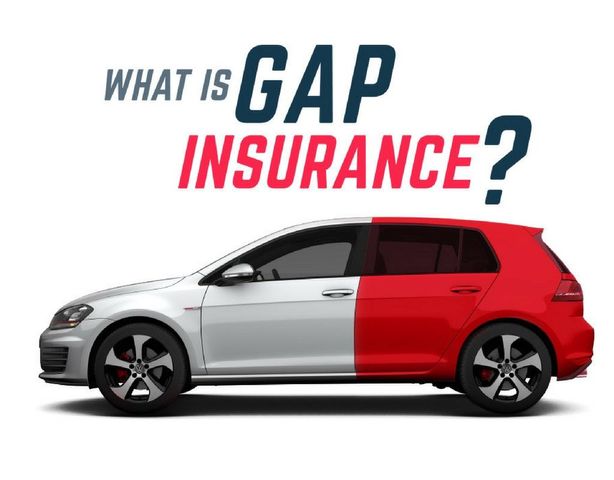
We have clients call everyday dealing with a wrecked vehicle. We realize there is often confusion on GAP coverage with regards to when is it good to have and when is it not needed. We do not sell insurance so this post is simply an overall view of what we see and help our clients understand. Some states and some policy coverages might vary so it is important to understand what you have, what you need, and what you might want. GAP policies are not always needed, so don't waste your money if you don't need one. Some clients get confused thinking GAP coverage will pay them for their Diminished Value claim but these are totally separate from each other. To learn more about Diminished Value claims, visit WreckExpert.com or call 913 444-4636. Our GAP explanations are listed below and we hope this information helps you.
Vehicles – Leased: Most new lease agreements require the customer to finance through the vehicle manufacturer. More times than not, GAP coverage is automatically part of the lease payment and policy. When you go to put insurance coverage on the vehicle, some insurance companies will try and sell you their GAP coverage too. To keep you from wasting your money paying two different companies for the same coverage, we recommend that you ask for a copy of the GAP coverage before you say yes to adding a GAP policy with someone else.
Vehicles – With a Loan: Equity (either positive or negative) is the biggest question when trying to decide if GAP coverage is needed. If you have positive equity, there wouldn’t be a reason to have GAP coverage. If you have negative equity, there would be a reason to consider a GAP policy for your loan.
Positive equity is when the car is worth more that the loan payoff. An example is if the loan balance is $15,000 but the car is worth $20,000, you have $5,000 in positive equity. In the event of a total loss to this vehicle, you should be offered $20,000 for your vehicle which $15,000 would go to pay off the loan to leave you with a check of $5,000. If you have positive equity and are confident that you will always maintain positive equity, we see no need to recommend that you pay for a GAP policy. If your total loss settlement offer isn’t fair, WreckExpert.com offers a service to help you get a fair settlement before you accept the offer.
Negative equity (known as being upside down) is when the car is worth less that the loan payoff. We always recommend clients have a GAP policy in this situation or have a financial reserve to deal with this in the event of a total loss. An example is if the loan balance is $20,000 but the car is worth $15,000, you have $5,000 in negative equity. In the event of a total loss to this vehicle, you should be offered $15,000 for your vehicle but you still owe the bank $20,000 leaving you with a balance owed of $5,000. If you have a GAP policy, the remaining balance owed to the bank is now paid for out of the GAP coverage. Not all GAP policies pay out the same as there are often restrictions in place, so please understand what your policy will cover. If your total loss settlement offer isn’t fair, WreckExpert.com offers a service to help you get a fair settlement before you accept the offer.
Vehicles – Already Paid For: Since GAP coverage only covers the difference between what you owe and the total loss settlement offer, we see no need to recommend a consumer pays for a GAP policy on a vehicle that is already paid for.
If you want assistance after a car accident dealing with insurance companies and your damaged or totaled car, the experts at Wreck Expert are there to help. With more than 20 years of dealership and collision management experience in both Kansas and Missouri, this consumer advocate group helps clients understand what they should receive from the insurance company after an accident. Call (913) 444-4636 with your questions, or visit them online today to learn more about their mission.
About the Business
Have a question? Ask the experts!
Send your question

